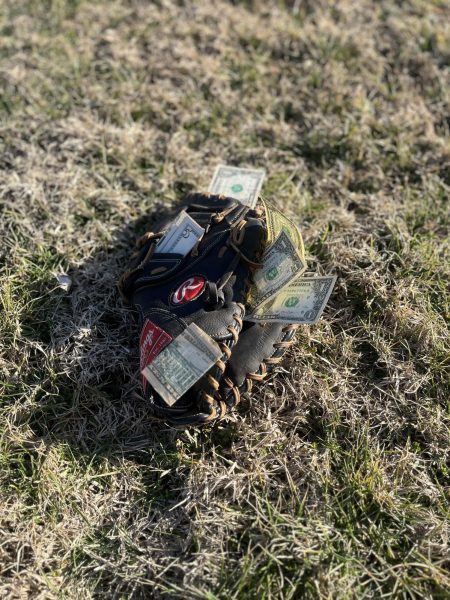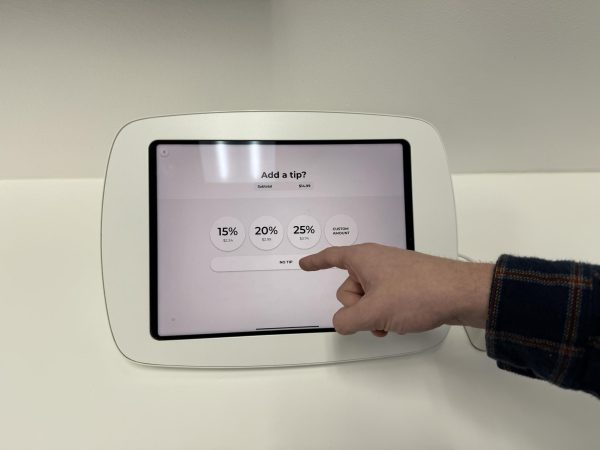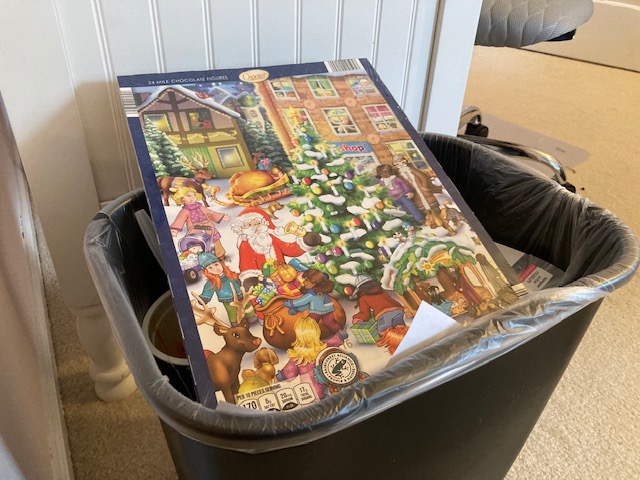We Should Stop Buying Advent Calendars
Media by Annabelle Miller (she/her)
Over 16.5 million Advent calendars are thrown away each year and will eventually harm the environment.
The season leading up to Christmas is celebrated by most Christians as Advent: a time of preparation for the birth of Jesus on Christmas.
At my church, mass is held each of the four Sundays of Advent and a new candle is lit on the Advent wreath. Seeing the Advent wreath in Church always gets me excited for Christmas and the holiday season.
My grandma gives me and my two siblings Advent calendars after Thanksgiving to count down the days until Christmas.
The idea is to open a different door each day in December to find a piece of chocolate or other small gifts to celebrate the season.
I normally eat the candy each day for the first week and then leave the calendar on our kitchen counter for the rest of the month. My brother forgets about his Advent calendar altogether and never eats the chocolate, leaving it on the counter next to mine. My sister has a better strategy: she takes a bite of each chocolate the day after Thanksgiving. Then, she leaves the box in the back of her closet.
The Advent calendars don’t contain different types of chocolate either, just the same off-brand milk chocolate. This is the worst type of chocolate I have ever tasted, and I always forget how much I dislike it until I open the first door on Dec. 1. My mom recycles our calendars after Christmas is over, and the process starts up again next Advent.
No one in my family really enjoys the process at all, yet we feel obligated to repeat it because we love how excited my grandma is to give them to us. Unfortunately, these Advent calendars are hurting the environment.
There was an estimated 16.5 million Advent calendars sold and discarded in 2019, according to Business Waste UK. Many people try to recycle their Advent calendars, but they contain large amounts of plastic and foil which cannot be recycled. Doing so contaminates all other materials they are with, which causes the whole load to be sent to a landfill rather than recycled as they should be.
According to Green Peace Africa, plastics never really break down in a landfill. They only break into smaller particles that can contaminate surroundings. This means the single-use plastic in 16.5 million Advent calendars is breaking down and poisoning the environment.
Advent calendars are a well-meaning way to get kids excited about Christmas and Advent, but the truth is, they are hurting the environment. If many of us are going to throw them away without much enjoyment, we shouldn’t buy them in the first place.
For anyone who can’t stand the idea of getting rid of Advent calendars, there are a few alternatives. Many calendars have been made with pictures, crafts, socks, and much more. These don’t rely as heavily on plastic, and won’t contaminate the environment if recycled.
I love the holiday season, but when traditions like Advent calendars hurt the environment (and my taste buds), they need to go.
Your donation will support the student journalists of Marquette High School. Your contribution will allow us to purchase equipment and cover our annual website hosting costs. You may become a PATRON by making a donation at one of these levels: White/$30, Green/$50, Blue/$100. Patron names will be published in the print newsmagazine, on the website and once per quarter on our social media accounts.

Annabelle Miller, senior, is the editor-in-chief of the Messenger. She has been on staff for two years. Annabelle is an outfielder on the Varsity Softball...








bmt Promotions • Aug 25, 2022 at 1:24 AM
Thank you for your article. It will definitely help me a lot…